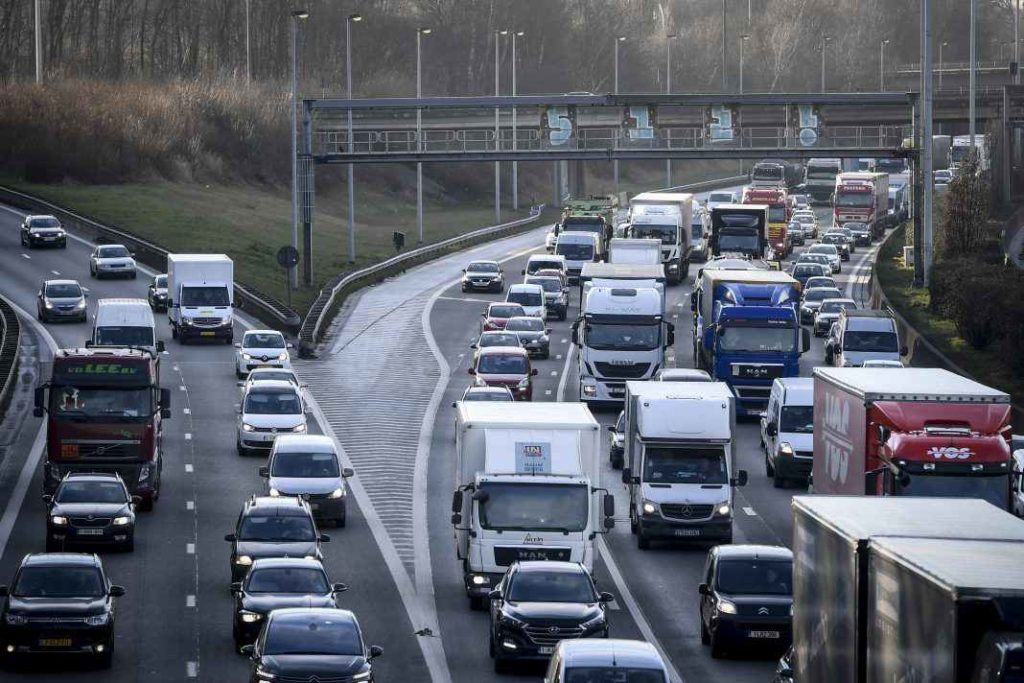Belgium’s cities could face more traffic and air pollution than before the pandemic as coronavirus is causing a rise in traffic jams, according to De Standaard.
The lockdown in the spring already had one positive side effect: the cities could breathe again, the traffic volumes collapsed. But as soon as the strictest measures were lifted, car traffic swelled up again.
There is a risk that the spring was a breath of fresh air and that the car will claim its place more than before, Greenpeace warned.
"Data from navigation specialist TomTom shows that there is more car traffic in Brussels, Ghent and Charleroi than before the lockdown," said Greenpeace spokesman Joeri Thijs. "Antwerp and Liège are also heading in that direction."
For the time being, the increase in traffic jams in Brussels is not so bad; certainly not compared to other Belgian cities. The last four weeks, according to TomTom's figures, there was only an increase in the number of traffic jams in the week from 28 September to 5 October compared to last year (of 12%).
For the rest of the last month there were about the same number of traffic jams.
Related News
- City shuffle: Brussels rethinks public space amid coronavirus summer
- Cities should 'act fast' to make lockdown biking boom permanent
The figures only show an increase in traffic jams: last week, figures from Brussels Mobility showed that, in absolute terms, there are fewer cars driving around in the Region.
In September, there were 11% fewer cars in Brussels than a year earlier. Moreover, these cars covered 17% fewer kilometres. In the Brussels tunnels, the decrease was less pronounced (-1 to -9%).
Greenpeace is one of the partners in the Clean Cities Now project of the European NGO Transport & Environment (T&E). It is investigating the direction of mobility in seven major European cities, including Brussels, at this tipping point.
More car traffic has an impact on air quality. T&E commissioned London-based Air Quality Consultants to carry out a simulation of the impact on the seven European cities studied (Brussels, Berlin, Paris, London, Milan, Madrid and Budapest).
Using real traffic data and measured air quality concentrations, they simulated that a 10% increase in passenger traffic in Brussels would lead to 5% more nitrogen oxide and 6% more particulate matter. With 50% more passenger traffic, concentrations increase by 24% and 31% respectively.
The Brussels Times

